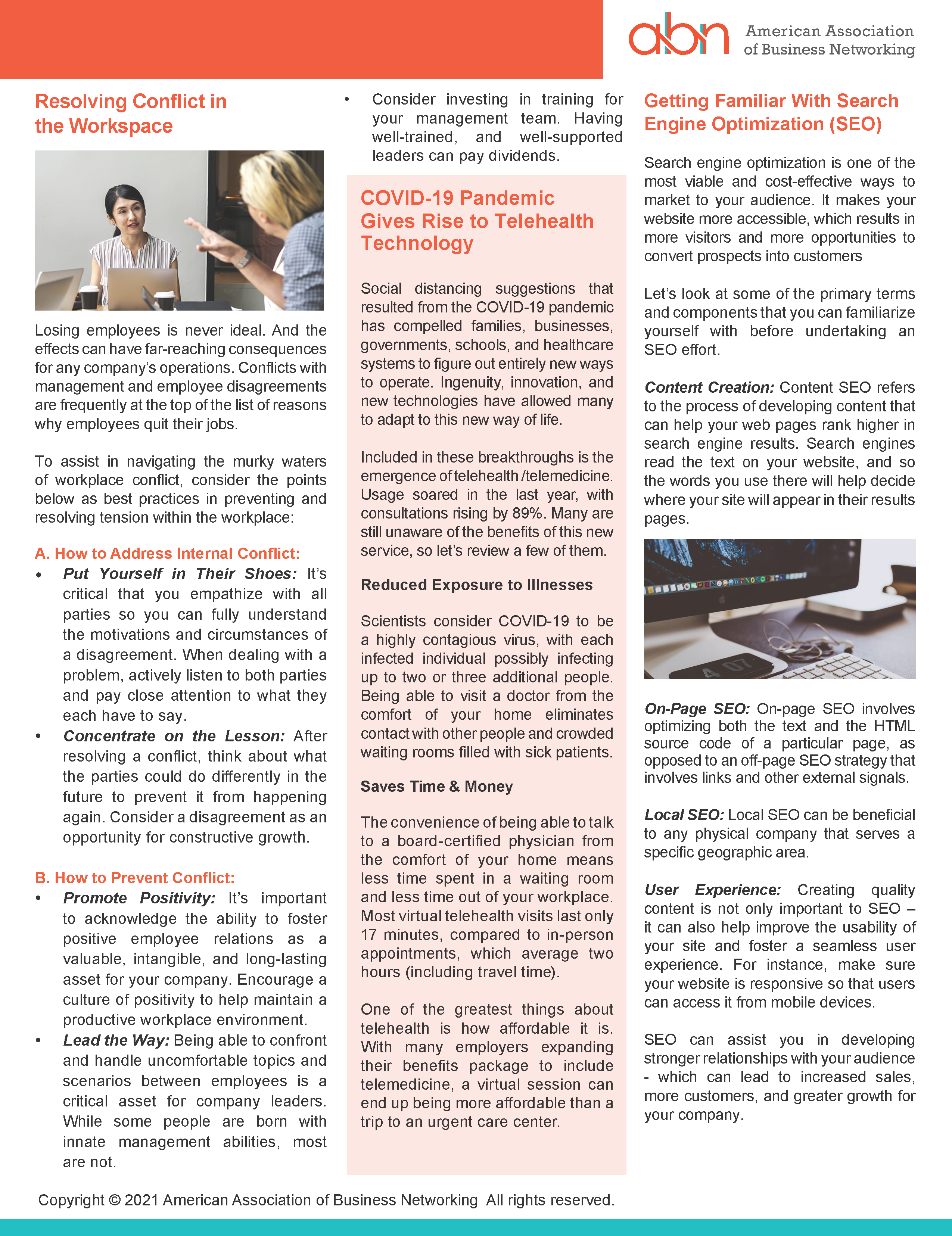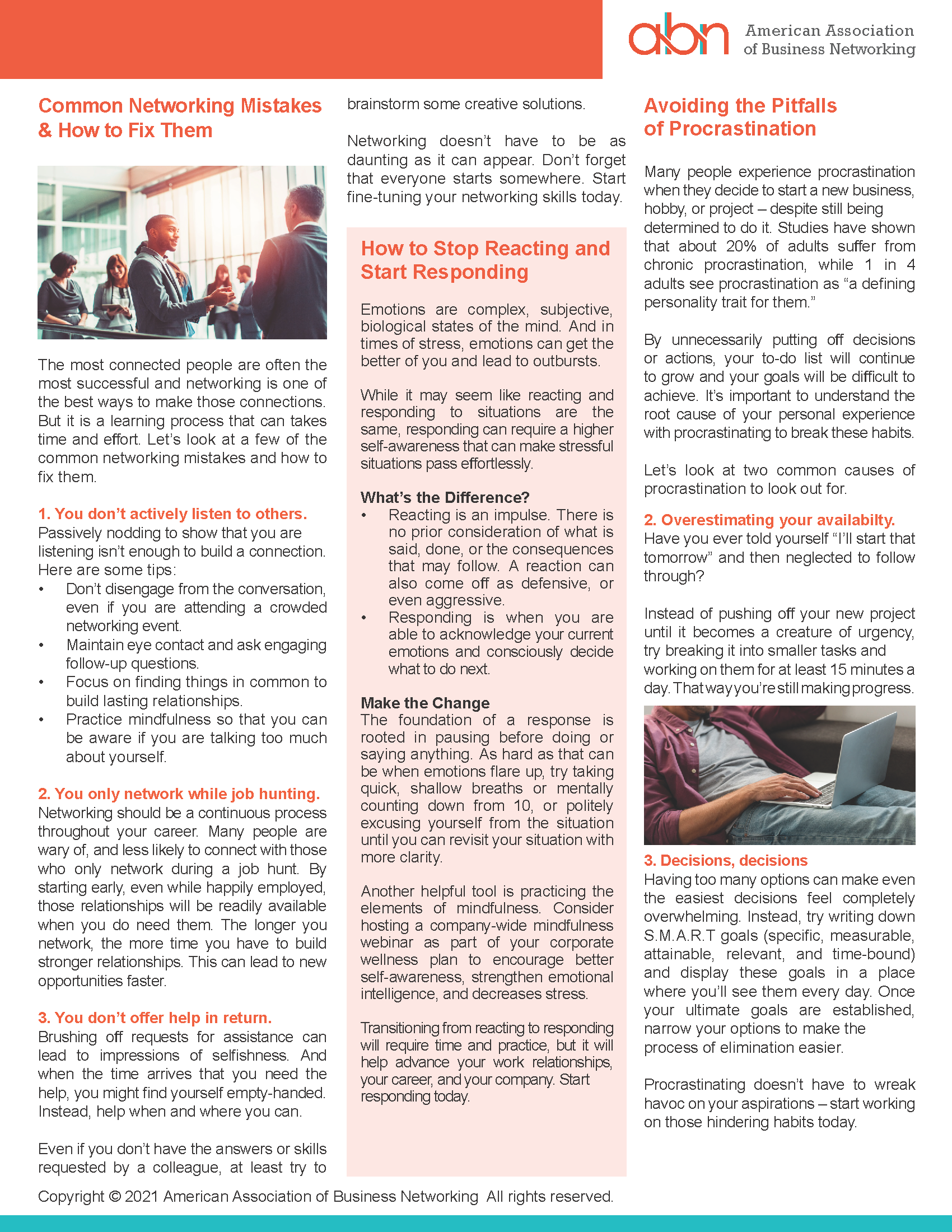How Student Loan Debt is Impacting Businesses and Employees
According to The Federal Reserve, U.S. student loan debt reached $1.7 trillion in 2020. The Coronavirus Aid, Relief, and Economic Security (CARES) Act provided some relief by pausing eligible federal loan payments, but experts predict that loan deficits will continue to be a concern for years to come – not only for borrowers, but also their employers. Let’s look at a few ways this can affect businesses, and what employers can do about it.
Employee Moonlighting
With the average student loan debt reaching almost $37,000 (at the time of graduation), it’s no surprise that borrowers are taking on second jobs to help pay down their loans. In 2018, almost 8% of the U.S. workforce was working more than one job – a trend that has increased steadily since the mid-1990s.
But working multiple jobs can have drawbacks. For instance, more time on the job means less time sleeping, eating, resting, and practicing self-care. When this cycle continues for a period of time it can lead to fatigue, exhaustion, and workplace burnout – which can take anywhere from weeks to years to recover from. So while working additional jobs may seem like a good solution, it can actually cause a cascade of problems for both employees and employers.
Mental Health
Financial debt has been known to cause serious emotional effects, such as depression, anxiety, and stress. While moderate and manageable levels of stress, also called eustress, can be beneficial, higher levels of stress can have a damaging effect. Chronic, heightened stress has a direct link to poor physical and mental health. In a study by the American Psychology Association, results showed that 64% of graduate students say their financial debt distresses them to the point of interfering with their “optimal functioning”. Financial burdens have been tied to issues with absenteeism, presenteeism, and decreased productivity – all of which have resulted in billions of dollars in losses by U.S. businesses.
Addressing the Need
Companies are waking up to these issues. As awareness grows, businesses are implementing loan repayment assistance benefits. In just a single year, the number of companies offering these benefits doubled in an effort to increase employee satisfaction and retention rates. According to one survey, 86% of employees said they would entertain a five-year commitment to a company that helped them repay their student loans.
If financial wellness isn’t already a part of your company’s employee benefits package, it may be something to consider adding.












